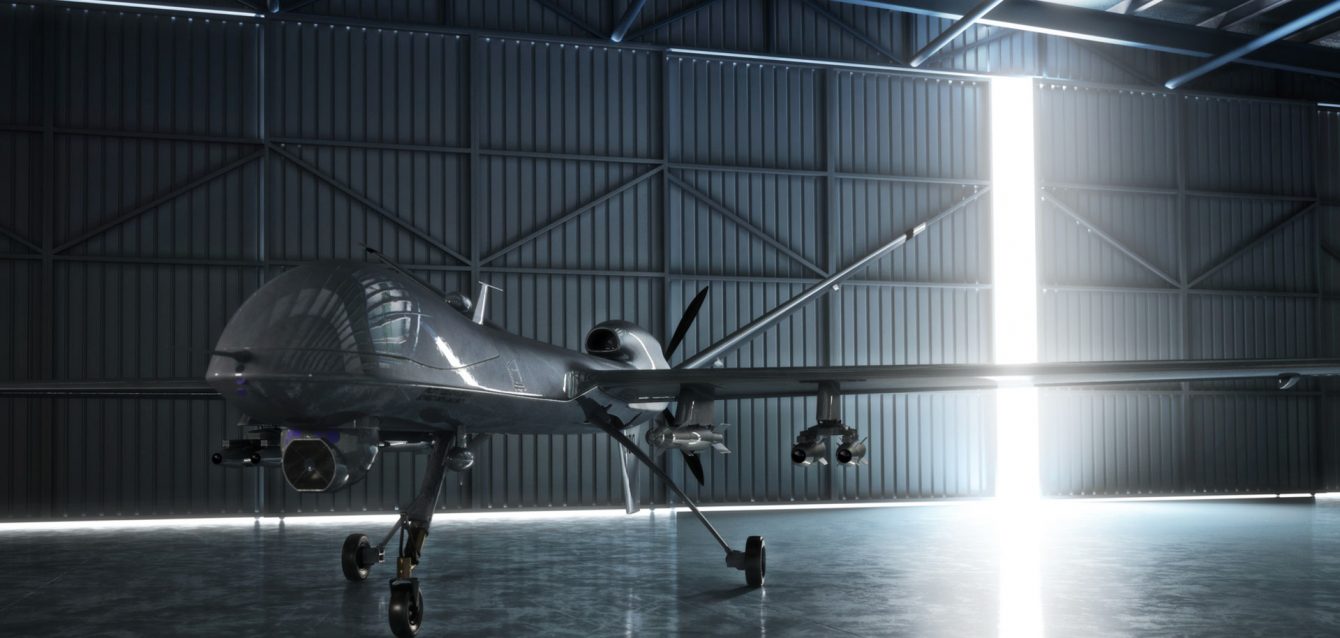Learn how MemComputing solves a critical defense application for Lockheed Mar/n. The MEMCPU™ Platform scales to solve this problem far beyond current capabilities in tactically relevant /timescales. The broad nature of this problem is relevant across numerous industries, providing a great opportunity for a variety of applications.
Artificial Intelligence (AI) is rapidly evolving thanks to advances in technology and innovative applications. From virtual assistants to self-driving cars, AI is being deployed across nearly every industry. However, there are still great computational challenges in developing advanced AI.
One well-studied problem is known as the Multi-Agent Path Finding (MAPF) problem [1]. The MAPF problem supports applications in warehouse automation, traffic optimization, package delivery, robotics, and autonomous vehicles. “Agents” typically refer to mobile autonomous systems like drones, robots, or other autonomous vehicles. The objective of this problem is to find paths by which many agents can safely and efficiently navigate from their respective starting positions to their respective destinations concurrently. Additionally, the agents must not block, collide, or otherwise interfere with each other, and their paths must be optimal, making this problem computationally challenging. There are tremendous benefits to solving this problem optimally or close to optimality, as it will deliver improved operational efficiencies and significant cost savings, thus driving strategic competitive advantages.
Global ecommerce giants like Amazon and Alibaba face the MAPF problem daily in their automated warehouse where robots play a critical role. Robots run 24/7 and automate their customer fulfillment performing tasks like picking, transporting, and placing goods across their massive warehouses that are many city blocks in size.


